Huaquan's business covers high-end power generation equipment, new energy storage equipment, high and low voltage complete equipment, power engineering and other fields, and has created three global brands "HUAQUAN", "HQ-POWER" and "Huaquan". We can provide corresponding assistance according to your needs to solve your electricity needs. Our professional engineers will provide you with convenient one-stop services before and after sales.






Huaquan Energy Storage Power Supply is powered by rechargeable batteries and has the characteristics of small size, light weight and high safety. Its main control system uses a 32-bit digital signal processing chip, which can output sinusoidal AC power. The device is equipped with multiple DC output interfaces, which can meet the power supply needs of a variety of digital products. The battery capacity is usually between 192Wh and 4800Wh, and the output power is mainly between 150W and 3000W. Huaquan Energy Storage Power Supply uses original zero-cycle soft-pack lithium iron phosphate batteries and adopts a high-power charging solution, which can be fully charged in about 2 hours.


Photovoltaic power stations use the photovoltaic effect of semiconductor materials to convert solar radiation into electrical energy and store it in battery packs. Energy storage systems are designed to store solar energy, grid electricity, etc. in homes, businesses, factories, and communication base stations, and provide them to home appliances, commercial equipment, communication base stations, etc. when needed. Energy storage systems can realize the movement, conversion and optimization of energy, providing a variety of services and functions for the power system.
Diesel generators are the main products of our company. We are able to customize various types of diesel generators, including but not limited to portable generators, mobile power stations, silent generators and container generators, etc. We are not only good at manufacturing and assembling various diesel generators, but also carry out personalized product development according to customer needs, and design and make shells.


We mainly produce diesel engine water pumps, including portable water pumps, water pumps, submersible pumps and high-pressure water pumps. Huaquan's independently developed emergency water pump for flood control and drought relief is our featured product. The water pump can be configured with two or four wheels and a protective shed according to customer needs. Customers can also choose imported or domestic diesel engines, and the inlet and outlet water pipes are connected with quick-connect flanges. The product is equipped with a patented cam rotor pump, which can fill water within 5-15 seconds and has an anti-clogging design that can handle entanglements with a diameter of 2.5-10cm.
Huaquan generator manufacturer will send professional sales staff to provide you with one-on-one generator selection guidance and provide comprehensive power solutions according to your needs. We will listen carefully to customer feedback to ensure that we provide you with the most cost-effective generator selection solution.
Huaquan generator set manufacturer provides customized generator development services for customers with special needs. We will deeply understand the environment in which the generator will be used and tailor the generator set according to the power requirements. In addition, we can also customize the color, style and design of the generator shell according to customer requirements.
Huaquan generator manufacturer is committed to providing you with high-quality and professional pre-sales and after-sales services. Our professional after-sales team will provide you with installation guidance for the generator set and quickly handle the problem when the generator set fails to minimize the customer's loss.
Based on lean management, the company integrates ERP and MES systems, introduces internationally advanced fully automatic spraying lines, industrial welding robots, AGV intelligent transportation platforms, intelligent testing platforms and CNC machine tools, and realizes digital management of the entire life cycle of product research and development, design, production and after-sales service.

Customer feedback is an affirmation of our products, and your recognition is the driving force for our continuous progress. We will wholeheartedly provide high-quality services to every customer with excellent technology and services.
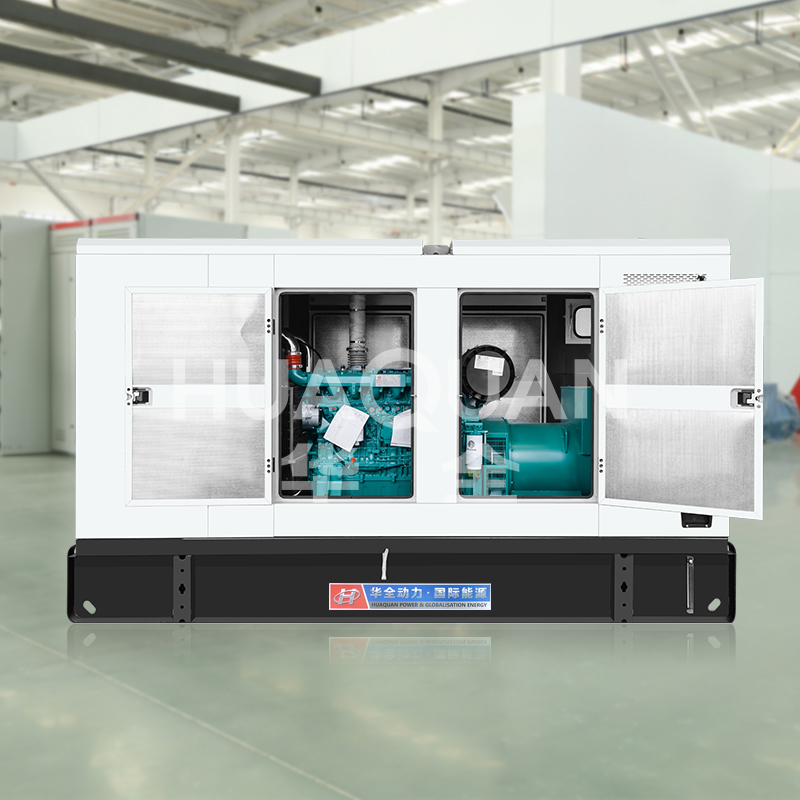 The Advantages and Functions of Hotel backup generator
Browse Index:30 Date:2025-12-09
The Advantages and Functions of Hotel backup generator
Browse Index:30 Date:2025-12-09
 Advantages and Applications of Power Storage Station
Browse Index:10 Date:2025-12-01
Advantages and Applications of Power Storage Station
Browse Index:10 Date:2025-12-01
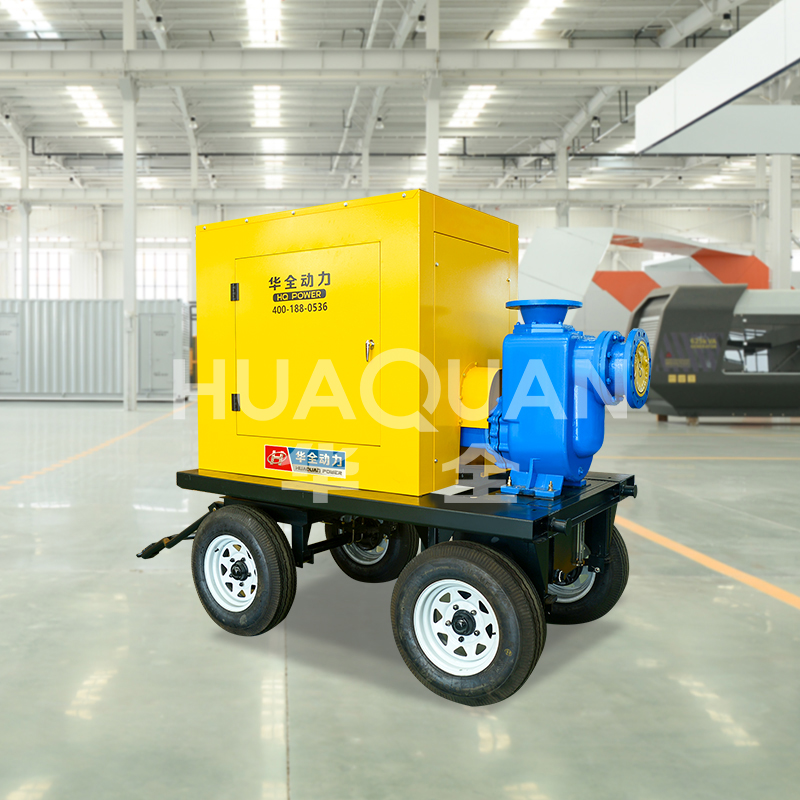 Introduction to Huaquan Diesel Engine Water Pump
Browse Index:170 Date:2025-11-25
Introduction to Huaquan Diesel Engine Water Pump
Browse Index:170 Date:2025-11-25
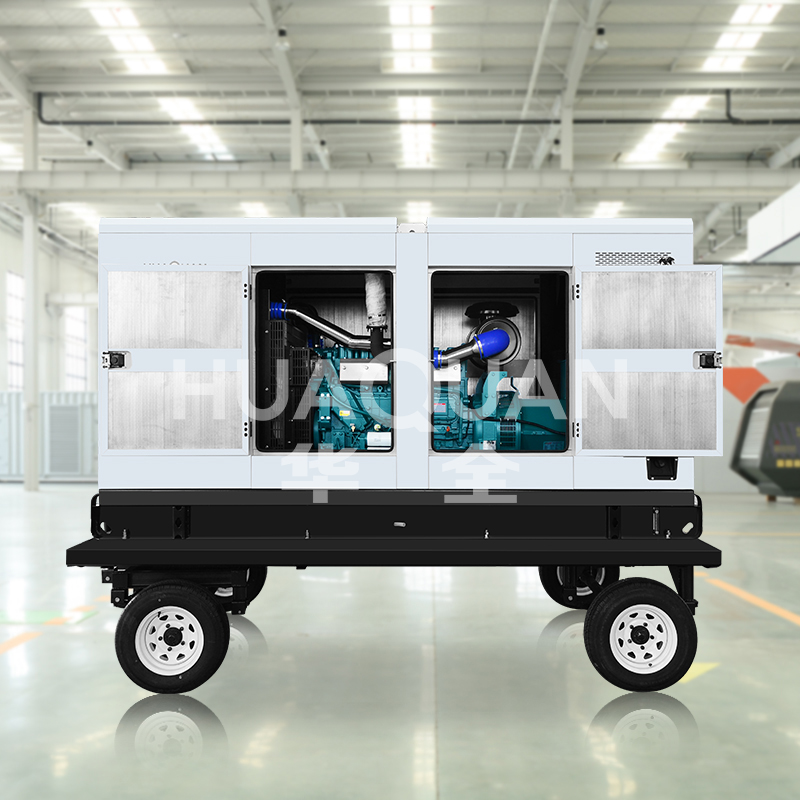 Seasonal Precautions for diesel standby generator
Browse Index:1300 Date:2025-11-25
Seasonal Precautions for diesel standby generator
Browse Index:1300 Date:2025-11-25
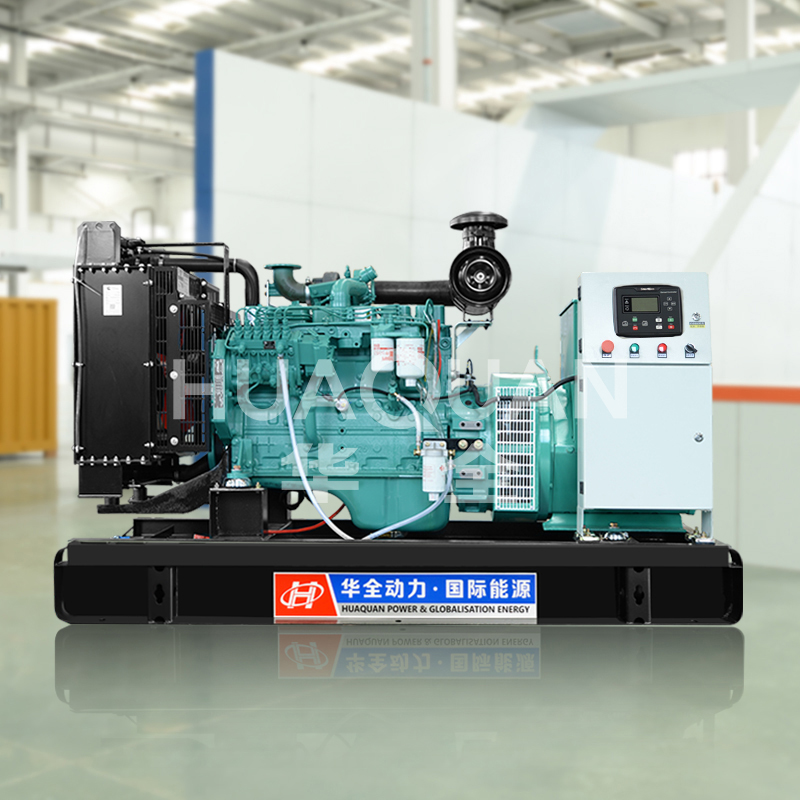 Maintenance of the Lubrication System for diesel standby generator
Browse Index:1300 Date:2025-11-25
Maintenance of the Lubrication System for diesel standby generator
Browse Index:1300 Date:2025-11-25
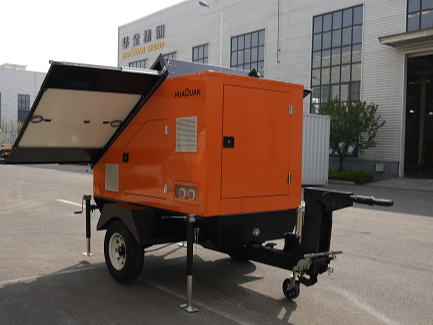 Maintenance Precautions for electric solar generator
Browse Index:90500 Date:2025-11-14
Maintenance Precautions for electric solar generator
Browse Index:90500 Date:2025-11-14





